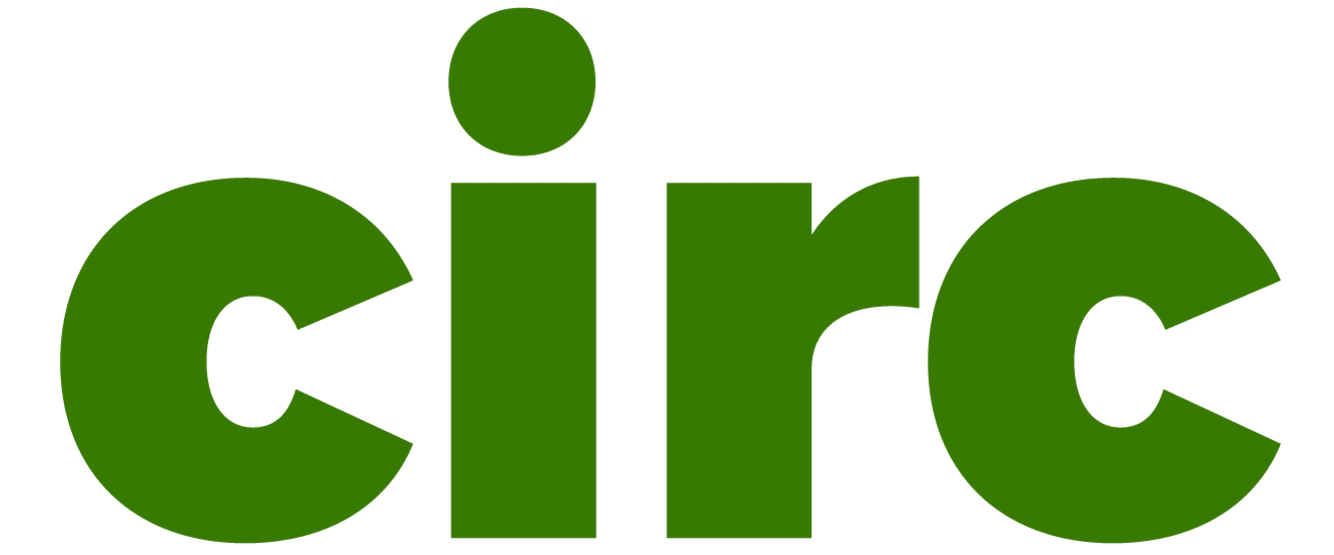When it comes time for a commercial break, TV viewers only tend to lean in
during one broadcast each year. The Super Bowl has a powerful grip on
consumers’ attention, and not just for the touchdowns and penalty calls. It’s no
wonder that marketers will pay $7-8 million for 30 seconds of viewer attention,
when their commercials are usually an opportunity to grab another snack or sneak
in a bathroom break.
As social impact consultants, we can understand the payoff of some Super Bowl
ads. In recent years — this past Sunday was no exception — more brands have been
bringing their cause marketing and social impact efforts to the broadcast,
understanding the powerful pull that these messages have on consumers. Our
favorite might have been the NFL’s spotlight on its cause
partners — including Big Brothers
Big Sisters of America, Special
Olympics and
InSideOut. In the ad, NFL players and kids
from the nonprofit organizations recite Rev. Williams Holmes Borders’ poem,
“I Am Somebody.” This is
the kind of ad spend we can certainly get behind, and hopefully it provided a
welcome boost for the nonprofits and their programming.
Several other ads addressed social
issues: Dove
debuted a new
spot
highlighting that nearly half of girls drop out of sports by age 14 due to low
body confidence. Another trend was messaging around health and
wellness:
Novartis highlighted breast cancer awareness, while health startup Hims &
Hers touched on the US’ obesity crisis and accessible solutions. We applaud
these efforts and think that brands with the budget for it should absolutely
highlight the tangible impact of community, social and environmental
initiatives.
With that said, we have a tradition at Carol Cone ON
PURPOSE of asking our nonprofit partners
and colleagues to quantify the impact of an “extra” $7 million. (Some Super
Bowl ads went for an astounding $8
million
this year, after advertisers including State Farm Insurance dropped
out
and Fox found itself with extra inventory to sell.) While we don’t think the
Super Bowl will ever ditch the spectacle of its commercials, it’s powerful to
contextualize just how much good a sum like $7 million can achieve for
resource-strapped nonprofits and their beneficiaries.
If the least these numbers do is encourage big brands to invest more in their
social and environmental initiatives — or give consumers a new nonprofit to
support — then we’ll consider that a score.
We asked some of our favorite nonprofit organizations what $7 million could help them achieve. Here’s what they said:
-
Action Against Hunger could treat
nearly 47,000 children experiencing life-threatening
malnutrition. -
Big Brothers Big Sisters of America could match more than 4,600 at-risk
youth with a reliable mentor or positive role model. -
Boston Health Care for the Homeless Program
could provide transportation to medical
appointments for 28,000 patients
experiencing homelessness in a city with one of the highest rates of
homelessness and unsheltered homelessness in the United States. -
DoSomething could fuel half a million young people nationwide to
DoSomething for
Others by
volunteering and leading service projects in their local communities —
helping them build community and create a safer, kinder and fairer world for
all of us. -
Footprint Project could provide
emergency clean power access to approximately 70,000 people affected by
disasters. -
Green Bronx Machine could deliver
1,126 indoor academic gardening programs to public schools across the US
— including hydroponic technology, K-12 curriculum, teacher training,
professional development and all classroom materials. Such programs are
capable of reaching 1.2M students, 93,000 teachers; and resulting in
higher-performing schools with students growing, sharing, and eating over
1.6 million pounds of locally grown vegetables annually. -
Keep America Beautiful could pick up 50 million
pieces of litter, plant 25K trees to support communities
recovering from natural disasters and transform 250 vacant lots into
clean, green parks. -
National Women’s History Museum could
fund more than two years of educational programs, resources and
storytelling content that bring to life the countless untold stories of
remarkable women throughout history — reaching 5M annual website visitors
and igniting the potential of the next generation of female leaders. -
Save the Children could help educate
400,000 children in rural areas across the US. -
Shatterproof could expand its
Treatment Atlas across the United States to
guide 49 million people struggling with substance-use disorder to the
right type of quality addiction treatment or expand work to reduce addiction
stigma across the US — especially with healthcare professionals. -
Thorn could fully fund its victim-identification
efforts for an entire year. This would accelerate the development and
deployment of tools that help
investigators sift through overwhelming caseloads, prioritize the most
urgent cases, and locate victims more efficiently. Every minute saved can
mean the difference between a child remaining stuck in abuse or being
rescued.
What could your organization achieve — or help your nonprofit partners achieve —
with $7 million? We’d love to hear. Share your ideas with us on
LinkedIn.



